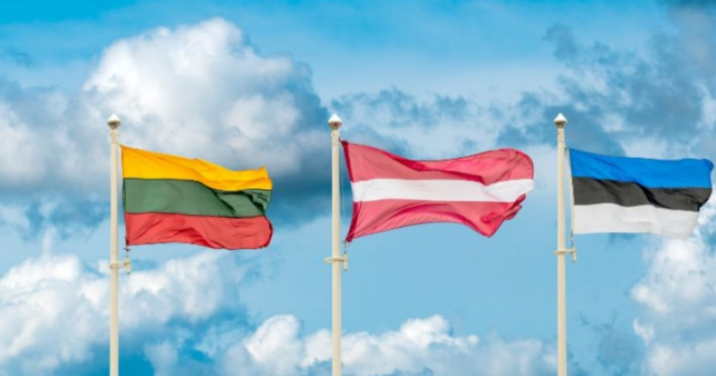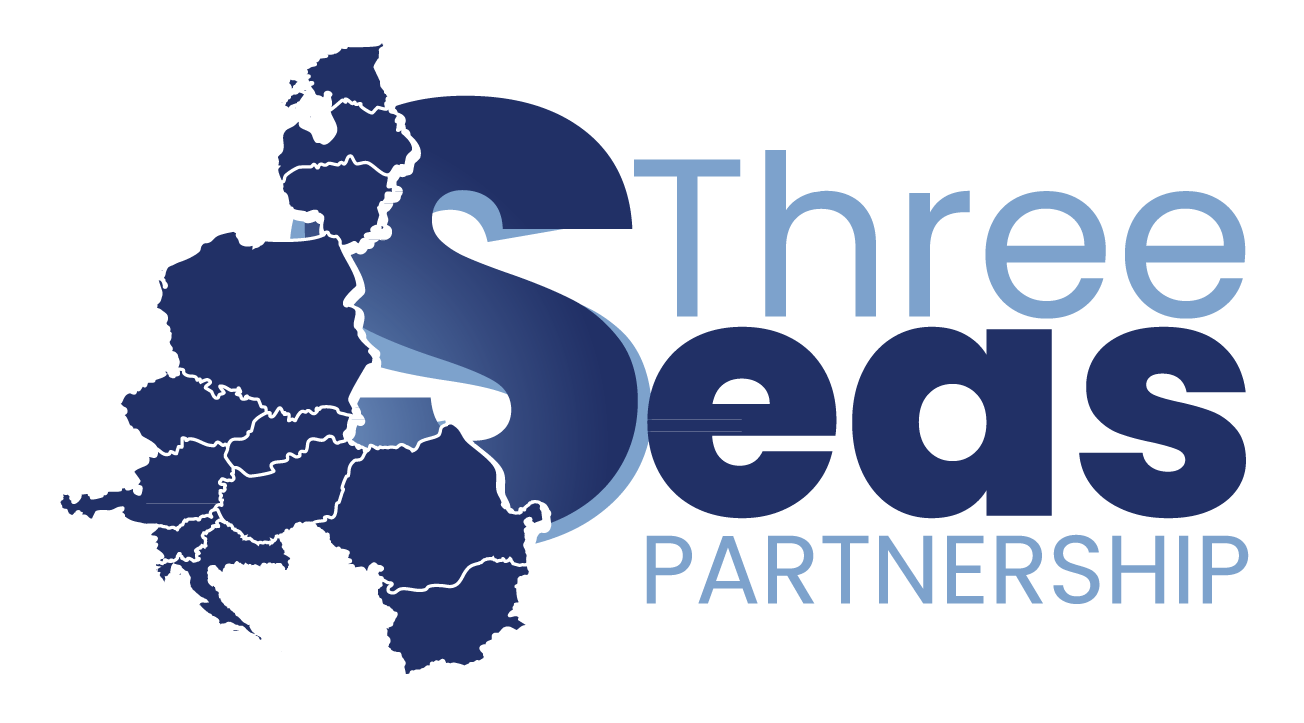In a constantly evolving geopolitical scenario of Eastern Europe, the Three Seas Initiative comes as a great opportunity to stimulate projects of innovation and change that can lead to a series of benefits to the Baltic nations (Estonia, Lithuania, and Latvia). Running through the North – South axis of Europe and understanding 13 countries, the Three Seas Initiative aims to boost progress and collaboration in the three main fields of electricity, digitalization, and transport, which would lead to a general economic growth and energy independence of the region. Especially for the Baltic countries, which have historically dealt with infrastructural challenges and geopolitical complexities, the Three Seas Initiative represents a way to support their interests on an international stage and thus shape both their future and the region.
One of the key projects supported by the Three Seas Initiative is the Rail Baltica, a rail transport infrastructure with the goal to integrate the Baltic States with the European rail network. The project includes five EU countries, starting in Finland in the capital city of Helsinki, the railway will provide a continuous rail link from Tallinn (Estonia) to Warsaw (Poland), passing by Riga (Latvia), Kaunas and Vilnius (Lithuania), as well as other major cities for a total of 870 km. 213 km of the railway runs in Estonia, 265 km in Latvia and 392 km in Lithuania. Being the largest Baltic region infrastructural project of the last century, it is also one of the main priorities of the EU that recognizes the need to create the link of the North Sea Baltic Corridor as part of the Trans-European Transport Networks (TEN-T) ) ) ) ). In fact, rail networks in the Baltic States are mainly in Russian gauge, being built in the second half of the 19th century, while they were part of the Russian empire. The difficulties to interconnect the Baltics with the EU via Poland led to a major connection to the West – East axis and so to the most of freight rail traffic being imported from the CIS countries, mainly Russia. With a 10-year construction period, the objective is to conclude the project by 2030. Rail Baltica is also aimed to be environmentally friendly. That is why it will be fully electrified, with attention to the materials and technologies in order to avoid environmentally sensitive protected areas. Moreover, where needed, noise protection barriers and special animal passages will be built. The creation of this project is financed partly by the states of Latvia, Estonia, Lithuania and from the EU. Up to 85% of the total cost is indeed founded by the CEF (Connecting Europe Facility) which is a key EU funding instrument. The total estimated construction cost is around 5.8 billion Euros, and the estimated socio-economic benefits are estimated to be 16.2 billion Euros (according to a study of Ernst & Young). This is an interesting project that will have a paramount impact on the lives of many and will unlock new trails of trade, investment, development, and tourism for the Baltic countries.
Another key project in the ambition of transportation of primary importance is the Via Baltica, which starts from Warsaw in Poland and leads to Tallinn in Estonia. Covering 970 km is one of the most important transit arteries in the Eastern Europe, it is also as a matter of fact the only transport corridor in Lithuania, Latvia, and Estonia for the transportation of goods in the North – South axis. At the same time, the existing road infrastructure and the traffic conditions do not guarantee a high traffic level and safety. There are neither pedestrian or bicycle roads and tunnels, nor safe parking spots, animal fences and noise. Therefore, the aim of this project is not only to modernize the road core network, but also to meet safety and environmental standards and targets. The objective is to fulfill the EU’s transport policy, road safety and to implement, one day, the Vision Zero concept. Thus, it is comprehensible that Via Baltica is crucial for the economic vitality and strategic resilience of the region, generating trade flows, tourism, and interregional cooperation.
A different project, but not less, in the field of electricity important is “The integration and synchronization of the Baltic States’ electricity system with the European network” which will guarantee security of electricity supply to the three countries and will integrate them with the European energy market. The Baltic States are connected to the IPS/UPS (Integrated Power System/United Power System), the electricity system with Belarus and Russia, under the so called BRELL agreement, since the end of the Soviet Period. Therefore, it’s clear that this put Russia in a position of strength due to its control over the power grid of Estonia, Lithuania and Latvia that might be consequently victims of the use of energy supply as a coercion policy. For this reason, in the previous years the Baltics already ended the Russian gas monopoly. Now they aim to continue to follow a goal of energy independence and synchronization with continental Europe, remove third country impact, ensure security, encourage market integration and realize the vision of a fully integrated European energy market, confirmed by the current geopolitical landscape. The synchronization with European network is planned for February 2025.
To conclude, from a first vision of only some of the projects which the Three Seas Initiative promotes, it is incontestable that the participation in the initiative is positive for the Baltic states, which through appropriate investments in infrastructure and connectivity will experience economic growth. Committing in regional cooperation will benefit their geopolitical position and bring more security, growing along the Three Seas Initiative to achieve progress and resilience for Eastern Europe.
Sources:
– Three Seas Initiative website, accessed 18/04/2024: https://projects.3seas.eu/projects/rail-baltica-submitted-by-estonia .
– Three Seas Initiative website, accessed 18/04/2024: https://projects.3seas.eu/projects/via-baltica-submitted-by-estonia.
– Three Seas Initiative website, accessed18/04/2024: https://projects.3seas.eu/projects/integration-and-synchronization-of-the-baltic-states’- electricity-system-with-the-european-networks .
– Baltic Security Foundation, Matthew Thomas, “Securing energy supply in the Baltics”, May 22, 2021: https://balticsecurity.eu/securing_energy_supply_baltics/.
– Rail Baltica Official website, accessed 18/04/2024: https://www.railbaltica.org/.
– Rail Baltica Global Project Cost-Benefit Analysis, April 30, 2017, EY: https://www.railbaltica.org/rail-baltica-global-cost-benefit-analysis/.
– European Commission official website, “A trans-European road for Poland”: https://cinea.ec.europa.eu/featured-projects/trans-european-road-poland_en.















